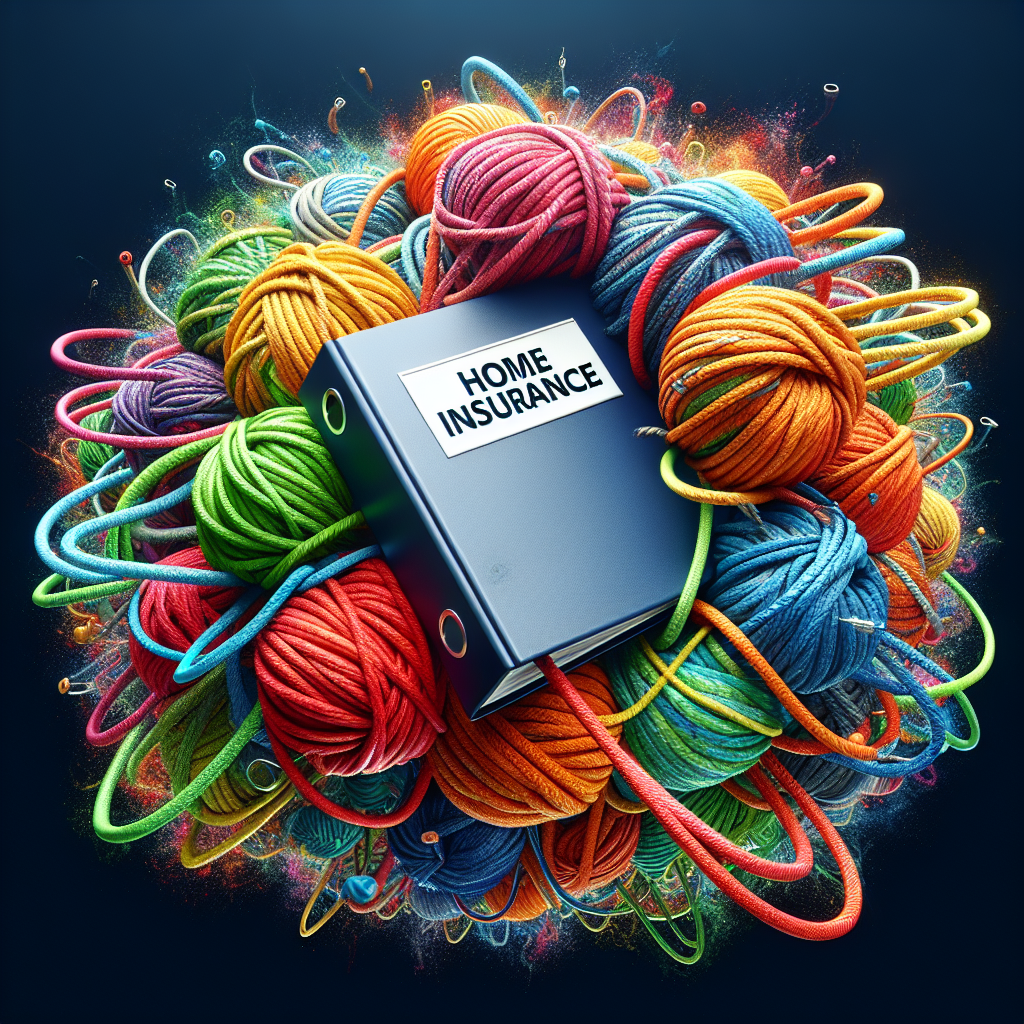Key Insights at a Glance
- The SBA 7(a) loan stands as the Small Business Administration’s flagship lending tool, renowned for its widespread use.
- Depending on your specific business requirements, options include the 7(a) Small, Express, Export Express, or CAPlines variants.
- These loans flexibly cover needs ranging from working capital to equipment purchases, refinancing, or even real estate acquisition.
Various flavors of 7(a) loans exist, each crafted to address distinct entrepreneurial demands.
To pinpoint the perfect 7(a) loan for you, weigh the differences in interest rates, fees, and eligibility criteria carefully.
What the SBA 7(a) Loan Actually Does
Loans in the standard SBA 7(a) program come backed by a government guarantee covering up to 75% of the principal. Collateral might not be mandatory on amounts under $50,000 for certain options like the Express loan. Above that threshold, lenders typically rely on their established collateral policies to decide what’s necessary.
Use of SBA 7(a) funds is strictly tied to bona fide business purposes such as:
- Purchasing or refinancing commercial real estate
- Boosting working capital reserves
- Refinancing existing debts
- Acquiring equipment, furniture, or essential supplies
- Facilitating ownership transitions
Qualifying for an SBA 7(a) Loan: The Essentials
The SBA doesn’t hand out 7(a) loans on a whim; applicants must jump through several hoops laid out by the agency.
Key requirements your business must tick off include:
- Operating with profit as the goal
- Conducting commerce within the U.S. or its territories
- Demonstrating a legitimate need for financing
- Proving that loan proceeds will bolster a viable business
- Being current on any existing U.S. government debts
- Showing creditworthiness and a solid ability to repay
- Trying conventional financing routes before seeking SBA support
Individual lenders add their own twist with requirements often demanding at least two years of operating history, robust personal credit scores generally above 670, although some accept scores as low as 630.
Snapshot of SBA 7(a) Loan Interest Rates (As of July 2025)
| Fixed-rate | $25,000 or less | 15.50% |
| Fixed-rate | $25,001–$50,000 | 14.50% |
| Fixed-rate | $50,001–$250,000 | 13.50% |
| Fixed-rate | Over $250,000 | 12.50% |
| Variable-rate | $50,000 or less | 14.00% |
| Variable-rate | $50,001–$250,000 | 13.50% |
| Variable-rate | $250,001–$350,000 | 12.00% |
| Variable-rate | Over $350,000 | 10.50% |
The above rates are pegged to the current prime rate hovering around 7.50% as of mid-2025.
Loan Fees: What You’ll Pay
The SBA tacks on a “guarantee fee” when you secure a 7(a) loan to cover their risk in backing the loan.
Guarantee Fees for Short-Term Loans (12 months or less)
| $1 million or less | 0.00% |
| Above $1 million | 0.25% on the guaranteed portion |
Guarantee Fees for Loans Longer Than 12 Months
| $1 million or less | 0.00% |
| $1,000,001 to $5 million | 3.50% on the guaranteed portion up to $1 million, plus 3.75% beyond |
Veterans and their spouses receiving Express loans get a break — no guarantee fees apply.
The Road to Applying for an SBA 7(a) Loan
Securing an SBA 7(a) loan means partnering with an SBA-approved lender and girding yourself for a paperwork marathon proving your repayment capability.
Step 1: Track Down an SBA-Approved Lender
Traditional banks and credit unions are the prime spots for this loan type. The SBA even provides a handy tool to zero in on lenders with SBA backing.
What You’ll Need to Submit
- SBA Form 1919 (Borrower Info)
- Background and financial statements (Forms 912, etc.)
- Financial documents — balance sheets, profit & loss statements
- Projections and future financial outlooks
- Business licenses and certificates
- Past loan applications
- Tax returns
- Ownership background details
- Business history and overview
- Leases or property agreements
Processing Time: Expect anywhere from 30 to 90 days for the full approval process, depending on lender speed and completeness of your submission. Preferred SBA lenders often fast-track approvals within 5 to 10 business days once the SBA’s part is complete.
What if You Don’t Qualify?
If hurdles prevent SBA 7(a) loan approval, alternative financing options exist, but they usually come with different structures and terms.
Why SBA 7(a) Loans Remain So Popular
As the crown jewel of the SBA’s loan offerings, the 7(a) program appeals thanks to its versatility, capped interest rates, and generous repayment schedules — all tailored to small business realities. The catch? Navigating strict eligibility gates set both by the SBA and individual lenders.
Common Questions About SBA 7(a) Loans
1. Is it tough to get approved for an SBA 7(a) loan?
Approval hurdles vary by lender, but generally, they’re stringent. Lenders want to see solid financial footing, no outstanding government debts, and a proven ability to repay.
2. Do I have to put up collateral?
Most standard 7(a) loans do require collateral regardless of loan size. Exceptions exist for SBA 7(a) Small or Express loans under $50,000, where collateral might be waived. Above that, collateral is generally expected.
3. Is a business plan necessary?
While documentation demands depend on the lender, submitting a well-crafted business plan alongside SBA forms and financial records is highly advised. This blueprint showcases your growth vision and clarifies how the loan will be put to work.


